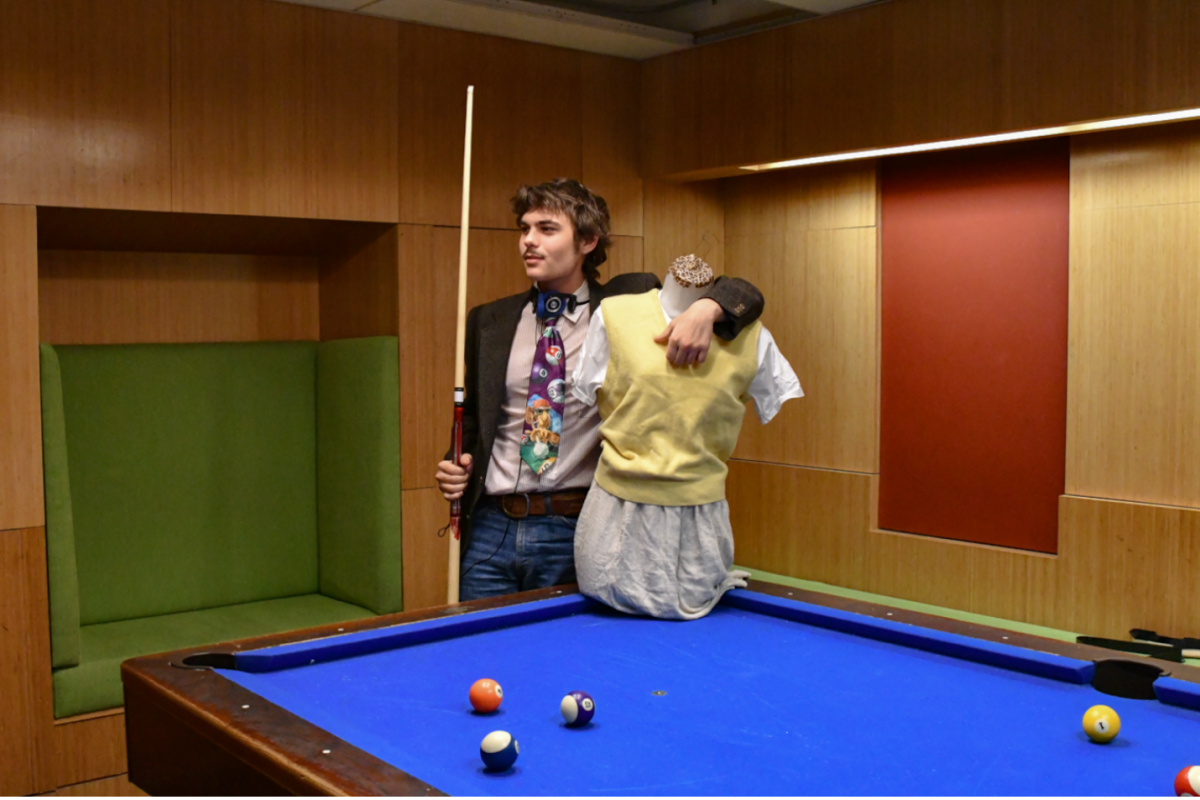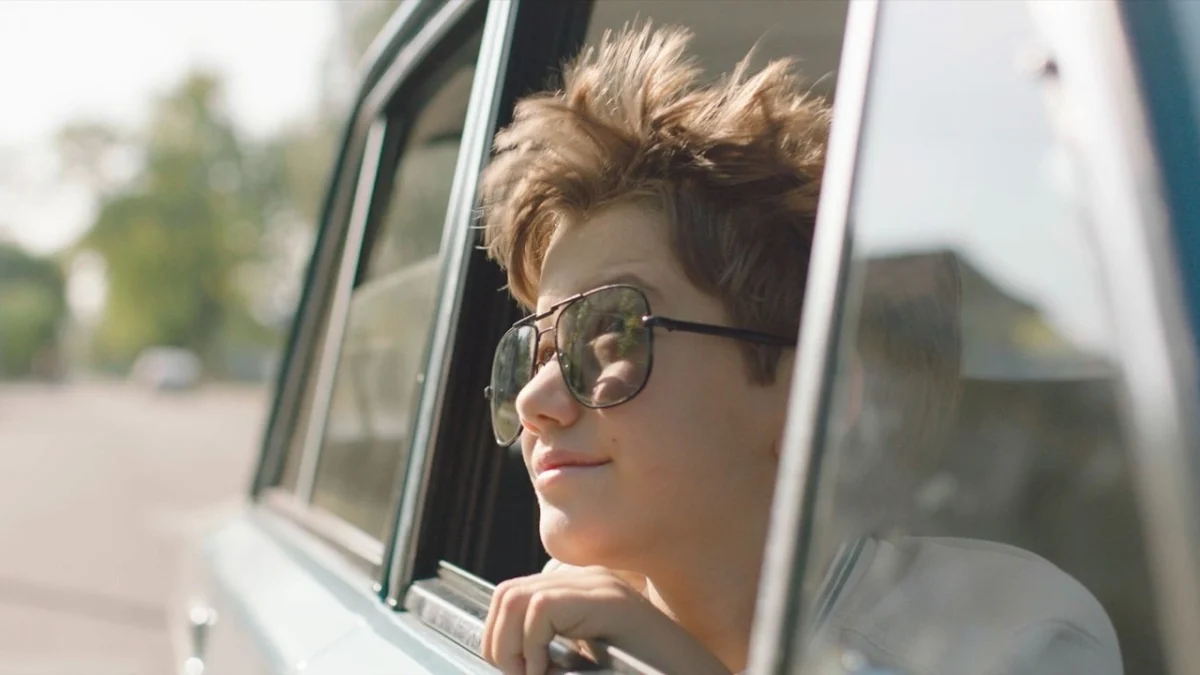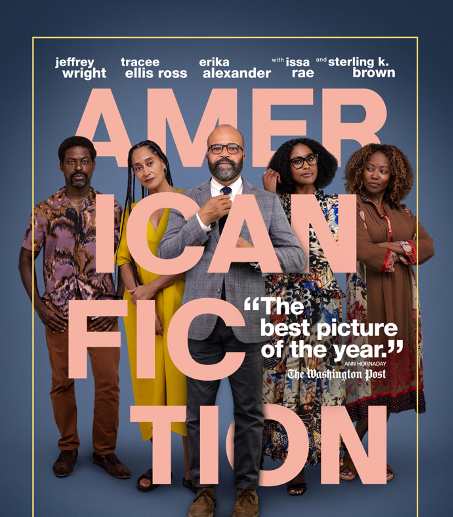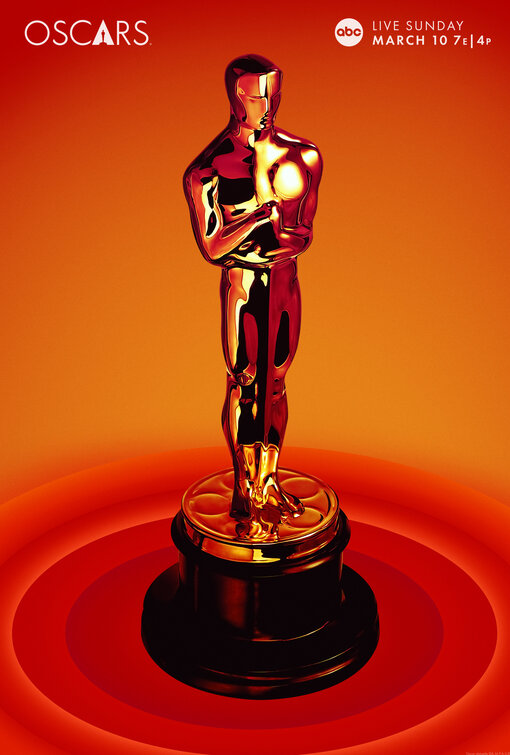
Book enthusiasts and movie lovers are constantly debating which medium tells a better story. Each year more and more films created are based off of books. In 2012 alone, there were upwards of 40 movies that were adaptations of some written work. This year’s Academy Award-nominated films were heavily sprinkled with adaptations; five of the nine best picture nominees were adapted screenplays.
As to which medium is more effective in eliciting a response, there may be no good answer. Many films that originated as novels are themselves considered classics, such as “To Kill a Mockingbird,” “Trainspotting,” “The Shining,” “Schindler’s List” and “Pride and Prejudice.” On the other hand, many classic novels have been butchered by big screen adaptations such as “The Da Vinci Code” and “The Beach.”
Emotions on screen have an intimacy to the sentiments of the audience that are critical to connecting the characters to viewers. Body language, expressions and delivery of lines affect the audience.
The surface emotion of the actors is reflected from the screen, onto the faces of those watching in the theater, who, if everything goes as intended, feel the same as the characters. Seeing another human smile will generally bring a similar response, and emotions on screen are no different. The whole gamut of human expression — from sadness to joy, fear to anger, shame to hope — can be visually transferred from one human to another.
As movies do not always use words to describe what is happening in a scene, interpretation is largely up to the viewer. A movie cannot attempt to explore and describe as in-depth as a book can, but in terms of image realization, films have the advantage.
Margaret Mitchell’s novel, “Gone with the Wind,”, goes into incredible detail of the turbulent Civil War era. Plantation life is explored in the relationships between owner and slave, debutantes and bachelors, slave to slave. Descriptions of the daily struggle of characters are decadent, minute details drip from every page.
The movie could not possibly show this, relying on the visual aspects instead, and the “Gone with the Wind” adapted from the novel is no less impressive, with grand sets and accurate character portrayal. Scarlett O’Hara’s triumphant cries on the plantation field fill the viewer with an equal amount of hope. It is more powerful to see her defiantly claim, “I will never be hungry again,” as opposed to reading it.
More often than not, the success of both mediums is not equal.
“Cloud Atlas,” based on David Mitchell’s novel of the same name, ineffectively grasps the vast worlds that the book carefully creates. The intricate stories woven together in the novel are not as cohesively captured on film, no matter how extensively the Wachowski brothers tried to match the book.
“The Chronicles of Narnia” series has the same type of history. C.S. Lewis created a world as elaborate as J. R. R. Tolkien’s “Middle Earth” or J.K. Rowling’s school of witchcraft and wizardry. Both Hollywood and the British Broadcasting Corporation (BBC) have tried to emulate the tale of four English children falling into a world where animals can speak and magic exists; but to lackluster results. As with most stories involving magical traits, the seven books in the Narnia series are better left to the imagination.
However, the book will not always be better than the movie. Though the story is captivating, there is an aspect that is missing that can’t be detected. For all the literary devices and art of the author, some works are better on the silver screen than in the library.
The James Bond films, which are based on the novels and short stories by Ian Fleming, are without a doubt more captivating than the books. The charms of “007” are better in action, as are the cars, women and villains. The suave sophistication of Bond, famously portrayed by Sean Connery and Roger Moore, will outlast Fleming’s original character.
Likewise, the movie “Shutter Island” is more successful than the novel by Dennis Lehane. Seeing the dream sequences and the increasingly erratic behavior of protagonist Leonardo DiCaprio allows the viewer to feel the intensity of his anxiety throughout the film. You can see the darkening mood materializing in the colors of the scenes and the ominous score that does not exist in the novel. The sense of unease is palpable in both the novel and film, but the movie connects with the audience on a much stronger level because of what it brings to the table visually and atmospherically.
Both mediums have different elements that work in their favor that the other does not. A film has the visuals, audio and the human connection that a book could not physically create. Conversely, books have the invested time of the reader to expand on closer details and give insight into characters that couldn’t possibly be created in two hours of film.
It is still up to the individual to decide which they prefer, as both book and movie have their singular merits. This is a contest that can’t be won by pitting the two mediums against each other in a ring and waiting for the knockout punch. There is no clear winner here and there may never be, so let’s just enjoy the merits of film and novels, irrespective of each other’s successes and failures.
Araz Havan can be reached at [email protected]


















